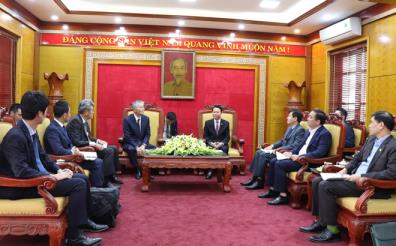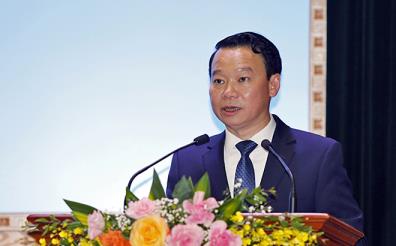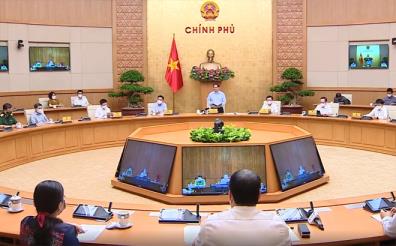Digital infrastructure is considered a critical determinant in achieving comprehensive digital transformation.
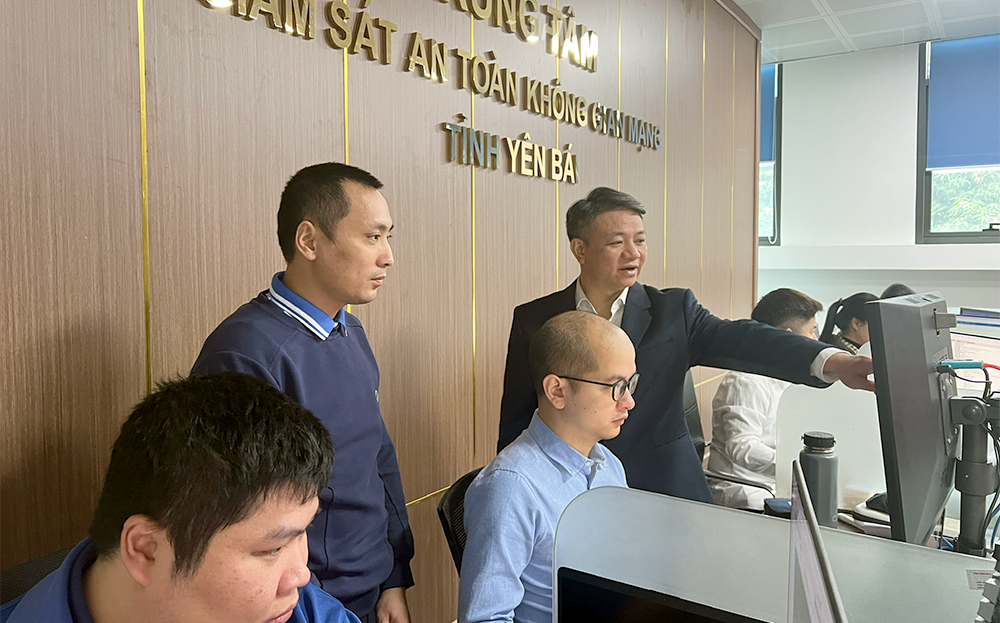
|
|
The province's cybersecurity monitoring center remains operational with 11 modules deployed under a four-layer protection model.
|
The extent, pace, and effectiveness of building digital governance, a digital economy, and a digital society depend heavily on the development of digital infrastructure. Recognizing this, Yen Bai Province has focused on developing modern and integrated digital infrastructure. Between 2021 and 2024, the province allocated resources from its budget and mobilized socialized funding for digital transformation initiatives, with a total investment exceeding VND 600 billion for information technology and digital transformation projects.
Currently, the province’s electronic data integration center operates 12 software systems used by various provincial agencies and units, as well as servers and data for the smart urban infrastructure project in Yen Bai. The province's cybersecurity monitoring center is equipped with 11 modules implemented under a four-layer protection model. The center oversees and protects 3,260 computers belonging to provincial agencies and units, ensures network safety for 38 provincial departments, districts, towns, and cities, and safeguards 42 applications and websites of government entities. It also monitors the entire server system housed within the provincial data integration center. The province's specialized data transmission network includes 425 transmission lines serving local government agencies and units and 149 transmission channels supporting a stable and uninterrupted surveillance camera system. These efforts underscore Yen Bai's commitment to ensuring robust digital infrastructure as a foundation for advancing its digital transformation goals.
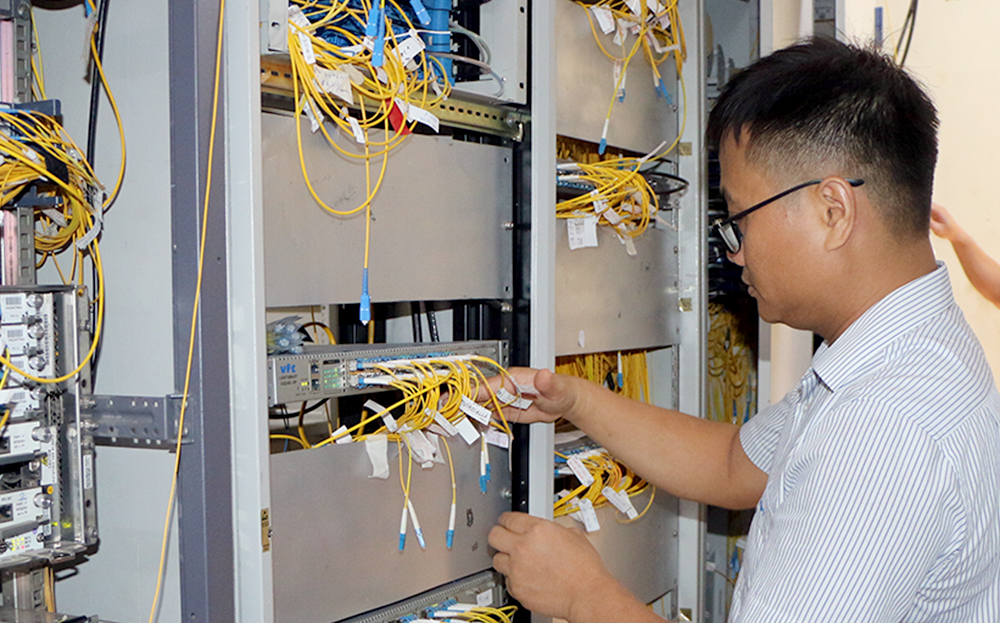
Digital infrastructure is considered a decisive factor for comprehensive digital transformation
Yen Bai Province has established 210 online meeting points, ensuring seamless connections from the provincial level to the commune level. These systems operate regularly and effectively. The percentage of officials, civil servants, and public employees equipped with computers to utilize digital platforms for their work is 100% at the provincial and district levels and 99% at the commune level.
Currently, 93.4% of villages, hamlets, and residential groups have access to fixed broadband Internet. Mobile 4G coverage extends to 100% of villages and hamlets with electricity, supported by 40 operational 5G broadcasting stations. Additionally, 80% of communal cultural houses in villages, hamlets, and residential groups are equipped with Internet access.
Digital platforms continue to be developed, upgraded, and refined, playing a vital role in maintaining smooth operations across various levels of government and meeting the needs of residents and businesses.
Thanh Phuc

In 2024, Yen Bai Province's Public Service Portal ranked 8th out of 63 provinces and centrally governed cities, thanks to its strong efforts in administrative reform and the development of online public services.

Each OCOP product is not just a commodity but a symbol of the land and its people, carrying stories of cultural identity, creativity, and aspirations for growth. In Yen Bai, the “One Commune, One Product” (OCOP) program has been a significant driver in establishing local agricultural brands, enhancing value, and conquering both domestic and international markets.

Nghia Lo, a land that is famous for the diverse cultural heritage of Northwest Vietnam’s ethnic communities, is home to several nationally recognized intangible cultural heritages. These cultural assets have positioned Muong Lo – Nghia Lo as a sought-after destination for both domestic and international travelers, contributing to its growing prominence on the tourism map of Yen Bai province.

Over the years, Yen Bai has prioritized administrative reform, improving the business investment environment, and attracting investment while developing a high-quality workforce as key strategies for socio-economic development.












